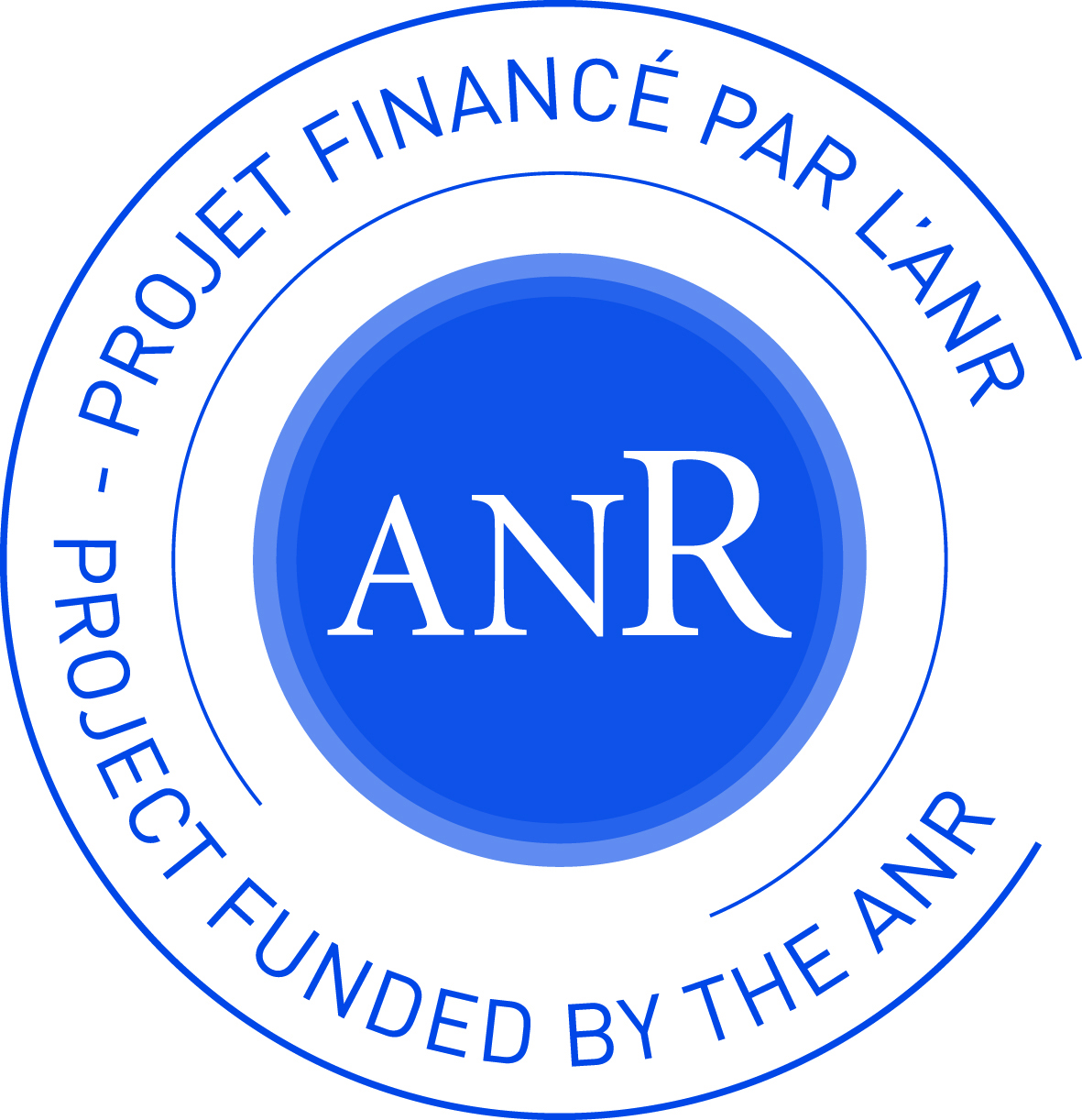Workshop
Motivic Geometry in Dijon
September 14-15, 2023
Institut de Mathématiques de Bourgogne
Program
Research Talks
-
Unstable real-étale motivic homotopy theory
Abstract
I will describe a model for unstable real-étale motivic homotopy theory over an arbitrary base scheme.
Then, I will discuss the link between (unstable) real-étale homotopy theory and $\rho$-localization for connected motivic spaces.
This is based on joint work with T. Bachmann, E. Elmanto and M. Hopkins.
-
-
Motivic knot theory
Abstract
In this thesis, we introduce a counterpart in algebraic geometry to knot theory. Since this new theory uses motivic homotopy theory
(specifically, quadratic intersection theory), we name it motivic knot theory. We focus on motivic linking,
which means that we study how two disjoint closed $F$-subschemes of an ambient $F$-scheme can be intertwined, i.e. linked
together (where $F$ is a perfect field). In knot theory, the linking number of an oriented link with two components (i.e. of two disjoint oriented knots)
is an integer which counts how many times one of the components turns around the other component. We define counterparts in algebraic geometry to oriented
links with two components and to the linking number; we call these latter counterparts quadratic linking degrees.
Our quadratic linking degrees are not necessarily integers; the ones we study the most take values in the Witt group of the ground field $F$,
which is a group of equivalence classes of symmetric bilinear forms over $F$ (or equivalently, of quadratic forms over $F$, when the characteristic
of $F$ is different from $2$). After answering questions which naturally arise from these quadratic linking degrees, we devise methods
to compute them. These methods rely on explicit formulas for the residue morphisms of Milnor-Witt $K$-theory (from which boundary maps
for the Rost-Schmid complexes are constructed) and for the intersection product of the Rost-Schmid ring (and in particular of the Chow-Witt ring).
Using these methods, we explicitly compute our quadratic linking degrees on examples. Some of these examples are inspired by knot theory,
specifically by torus links (including the Hopf and Solomon links).
-
The real cycle class map
Abstract
Let $X$ be a smooth complex algebraic variety. The complex cycle class map associates with any subvariety of $X$ a class in the singular cohomology
of the complex locus of $X$ and this association descends to the Chow groups of $X$. However, the construction of this map relies on the orientation
of complex analytic manifolds as differentiable manifolds through the use of fundamental classes and Poincaré duality.
Thus following this construction for a real variety $X$ only allows one to define a cycle class map from the Chow groups of $X$ to the cohomology mod $2$
of its real locus. We shall explain how one may construct a reasonable analogue of the complex cycle class map by replacing Chow groups by Chow–Witt groups
and describe some properties of this real cycle class map.
-
An interpolation between special and general linear algebraic bordism
Abstract
This is a report on work in progress of my PhD student Ahina Nandy. She
proved that a certain natural map $\mathrm{MSL} \wedge \mathbb{P}^\infty \to \mathrm{MGL} \wedge \mathbb{P}^1$
relating Thom spectra for the special and the general linear groups, respectively,
is an equivalence over any base scheme. Besides illustrating the argument, the
talk will indicate applications, such as the computation of the first homotopy
module of $\mathrm{MSL}$ over fields.
-
Étale degree map
Abstract
Using the triangulated category of étale motives over a field $k$, we define the group $\mathrm{CH}^\textrm{ét}_0(X)$ as an étale analogue of $0$-cycles
of a smooth projective variety $X$ over $k$. In the talk, we will define the étale version of the degree map and give some examples of smooth projective
varieties over a field $k$ without zero cycles of degree one but with étale zero cycles of degree one.
Also, we will present some non-trivial examples where there is no étale zero cycle of degree 1.
-
Perverse $t$-structure and Lefschetz property on Artin motives
Abstract
The Affine Lefschetz Theorem (also known as Artin’s Vanishing Theorem) can be formulated as a t-exactness property with respect to the perverse $t$-structure.
The stable $\infty$-category $DM_{\acute{e}t}(S)$ of étale motives is expected to be endowed with a perverse $t$-structure which should satisfy this property.
In the talk, we will endow the subcategory $DM^A_{\acute{e}t}(S)$ of $DM_{\acute{e}t}(S)$ of Artin motives with a perverse $t$-structure and present the
analog of the Affine Lefschetz Theorem when the dimension of the base scheme is $2$ or less. We will explain how this fails in dimension $4$.
Tentative Schedule
| Thursday |
Friday |
|
9h00-10h00
Samuel
|
10h30 - 11h30
Aravind
|
Lunch Time
|
13h00 - 14h00
Oliver
|
14h00 - ...
PhD Defense
Clémentine Lemarié-Rieusset
|
14h15 - 15h15
Raphaël
|
15h45 - 16h45
Ivan
|
17h00 - 18h00
Yonatan
|
Participants
- Aravind ASOK
- Baptiste CALMÈS
- Victor CHACHAY
- Robin CARLIER
- Frédéric DÉGLISE
- Adrien DUBOULOZ
- Daniele FAENZI
- Yonatan HARPAZ
- Clémentine LEMARIÉ-RIEUSSET
- Samuel LERBET
- Jan NAGEL
- Lucy MOSER-JAUSLIN
- Rakesh PAWAR
- Keyao PENG
- Oliver ROENDIGS
- Ivan ROSAS-SOTO
- Raphaël RUIMY
- Swann TUBACH
Practical Informations
Organizers
Nadia Bader and Adrien Dubouloz (IMB).
Sponsors


